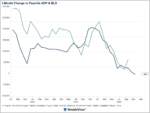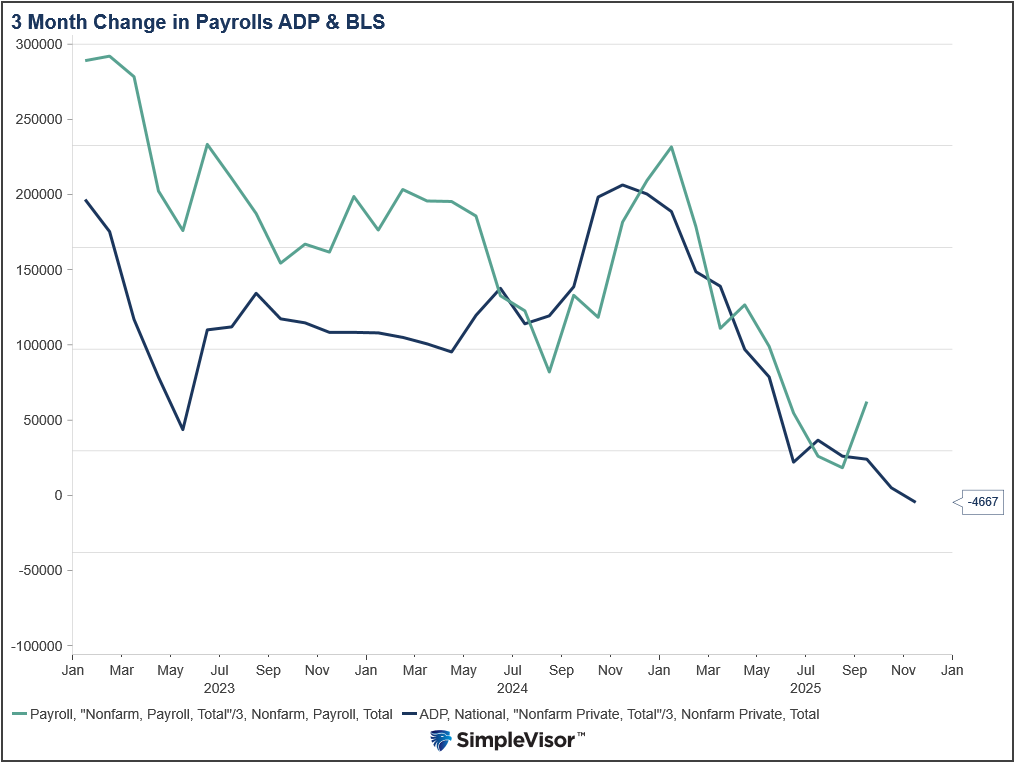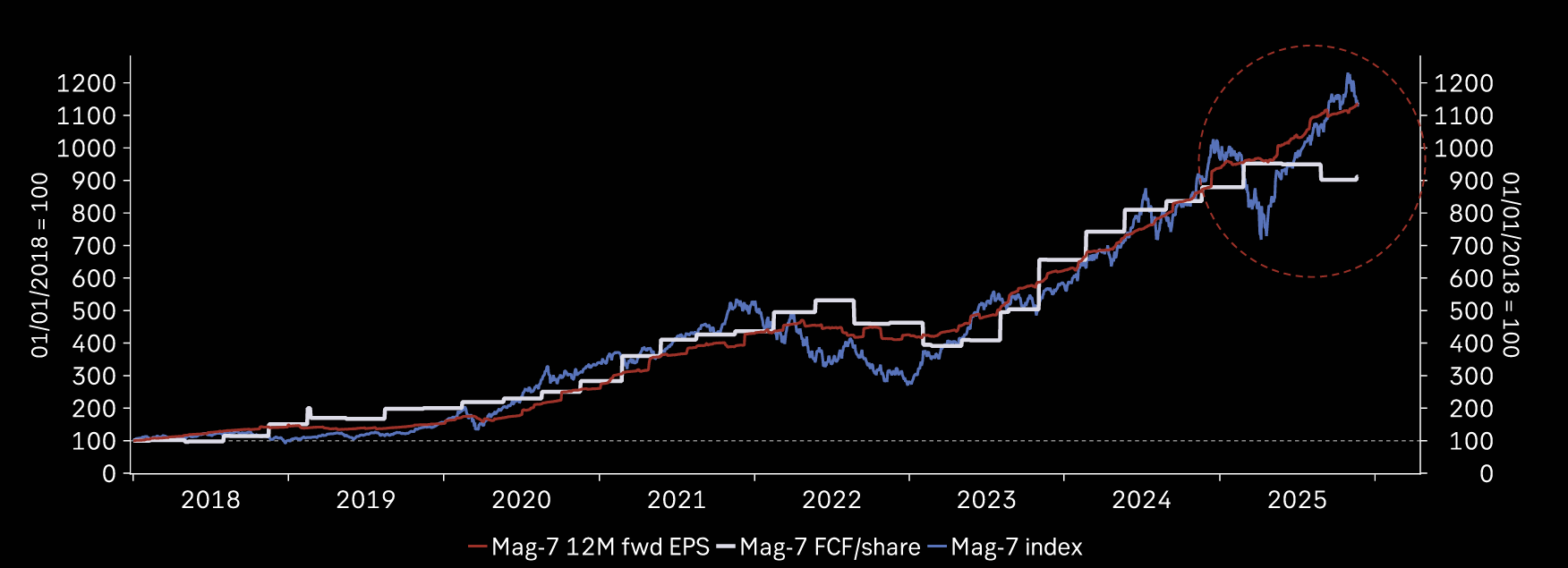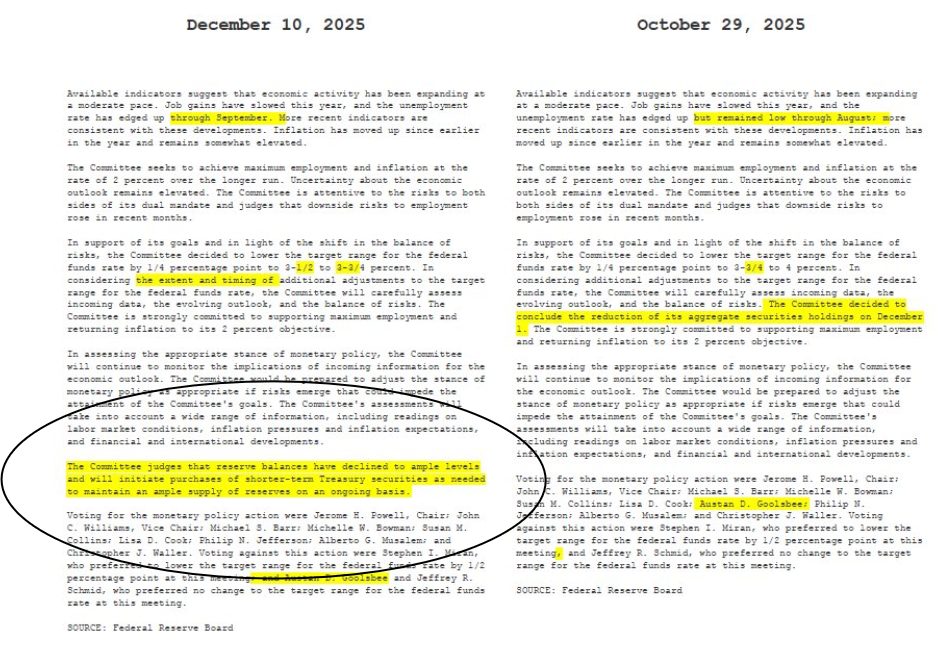- The dollar was surprisingly resilient last week; we look for further dollar gains ahead
- It is a holiday shortened week in the US, but there are still some major data releases
- There is a fair amount of eurozone data this week; UK Prime Minister Johnson unveiled his Tory manifesto
- Hong Kong held local elections this weekend; tensions between Japan and Korea appear to have eased, but questions remain
![]() The dollar was surprisingly resilient last week. Despite the lack of any top-tier US data, DXY still rose in four of the five trading days. Much had to do with the rest of the world, as the eurozone, UK, and Japan all reported weaker than expected November PMI readings. Divergences in the growth outlook and interest rate differentials should remain in the dollar’s favor, as the Q4 slowdown is expected to be temporary. We look for further dollar gains ahead.
The dollar was surprisingly resilient last week. Despite the lack of any top-tier US data, DXY still rose in four of the five trading days. Much had to do with the rest of the world, as the eurozone, UK, and Japan all reported weaker than expected November PMI readings. Divergences in the growth outlook and interest rate differentials should remain in the dollar’s favor, as the Q4 slowdown is expected to be temporary. We look for further dollar gains ahead.
Meanwhile, the US and China continue to try to work out a Phase One agreement. Reports suggest China will raise penalties on violations of intellectual property rights as a concession to the US. Headline-driven trading is likely to prevail in both directions, but we continue to believe that a deal will be struck that lower existing tariffs.
AMERICAS
The US economy has slowed more sharply than expected in Q4. The Atlanta Fed’s GDPNow model currently estimates Q4 GDP growth at 0.4% SAAR, up from 0.3% previously. Elsewhere, the NY Fed’s Nowcast model now has Q4 growth at 0.71% SAAR, up from 0.39% previously. We still think this is a temporary slowdown but it could weigh on the dollar near-term.
It is a holiday shortened week in the US, but there are still some major data releases. The Chicago Fed National Activity Index will be reported Monday. As our faithful readers know, this is our favorite indicator for US recession risks. A reading of -0.20 is expected after a lower than expected -0.45 reading for September. If so, the 3-month moving average would improve to -0.17 from -0.24 in September. This reading is consistent with an economy growing slightly below trend but is still far from the -0.7 recession-signaling threshold. Note that a value of zero shows an economy growing at trend. Positive values represent above trend growth, while negative values represent below trend growth.
Regional Fed manufacturing surveys for November continue this week. Dallas Fed manufacturing index will be reported Monday (-3.8 expected), followed by the Richmond Fed Tuesday (6 expected). Philly Fed came in at 10.4 vs. 6.0 expected, Kansas City Fed came in at -3 vs. -2 expected, and the Empire survey came in at 2.9 vs. 6.0 expected. The November Chicago PMI will be reported Wednesday and is expected at 47.0 vs. 43.2 in October. Stronger than expected Markit preliminary PMIs for November were reported Friday.
There are lots of other US data releases. October retail and wholesale inventories will reported Tuesday, along with new home sales (1.0% m/m expected), September S&P CoreLogic house price index, and November Conference Board consumer confidence (127.0 expected). Q3 GDP revision will be reported Wednesday, along with October durable goods orders (-0.8% m/m expected), personal income and spending (0.3% m/m expected for both), pending home sales (0.2% m/m expected), and weekly jobless claims.
There are only two Fed speakers this week. Fed Chair Powell is scheduled for Monday and Governor Brainard Tuesday. The Fed then releases its Beige Book report for the upcoming December 11 FOMC meeting Wednesday. WIRP shows zero chance of a cut then but rises as we move through 2020. The Fed Funds futures market reflects this, as the January 2021 contract fully prices in one cut next year.
Canada reports September wholesale trade sales Monday (flat m/m expected). Q3 GDP will be Friday, with growth expected to slow to 1.3% SAAR from 3.7% in Q2. Recent data have come in slightly better than expected, but still signal weakness in the economy. BOC delivered a dovish hold this month but Governor Poloz followed up with less dovish than expected comments last week, making it harder to determine the outlook for monetary policy. Next policy meeting is December 4 and steady rates are expected.
EUROPE/MIDDLE EAST/AFRICA
Eurozone flash PMIs for November last week were disappointing. The euro sold off sharply last week as a result, trading at the lowest level since November 15. We look for further losses. The $1.10 area is important, as a break below would set up a test of the October 1 low near $1.0880.
There is a fair amount of eurozone data this week. November IFO business climate survey for Germany will be reported Monday (95.0 expected), followed by GfK’s measure Tuesday (9.6 expected. Germany reports November CPI Thursday, with inflation expected to pick up to 1.2% y/y from 1.1% in October. Germany then reports October retail sales (0.2% m/m expected) and November employment data Friday, while eurozone reports preliminary November CPI. Headline inflation is expected at 0.9% y/y vs. 0.7% in October.
UK Prime Minister Johnson unveiled his Tory manifesto. First and foremost, he pledged to get his Brexit deal passed and have the UK leave the EU by the January 31 deadline. He also laid out plans for tax cuts as well as improvements to the National Health Service. The Tories and Labour have laid out radically different visions for the UK. It will be up to the voters to decide which vision will be followed. Sterling suffered last week from the broad-based dollar comeback. Election optimism should limit sterling losses, with the $1.28 area likely to offer solid support.
ASIA
Hong Kong held local elections this weekend. Pro-democracy candidates are set to win a majority of the 452 district council seats up for grabs. Voting was peaceful and turnout was a record high 2.94 mln, or 71%. District councils have very little power, but the vote was a clear signal of support for the pro-democracy protests. District councilors help appoint 117 of the 1200 electors who select the Chief Executive, and so there will be some limited impact from these results. Now that elections are out of the way, we expect protests to flare up again in the coming days.
Japan reports October retail sales Thursday. Due to the consumption tax hike last month, sales are expected to fall -10.4% m/m and -3.8% y/y. Of course, the debate is whether the drop is temporary or will be sustained into 2020. Unemployment, IP, and November Tokyo CPI will be reported Friday. Headline inflation is expected to pick up a couple of ticks to 0.6% y/y.
Tensions between Japan and Korea appear to have eased, but questions remain. Reports suggested that the two sides had agreed to renew the expiring agreement (GSOMIA to share intelligence. However, Korea later accused Japan of leaking the news and also of significantly changing the agreed upon text. USD/JPY remains stuck near the middle of its recent 108-109.50 trading. While we favor an upside breakout, we acknowledge that periodic bouts of trade tension will tend to boost the yen.
Full story here Are you the author? Previous post See more for Next postTags: Articles,developed markets,newsletter









































